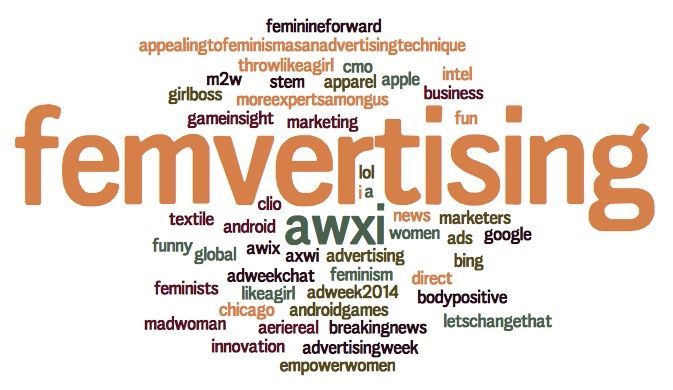Resilience can often be defined in terms of resistance to illness (something that has definitely been tested this year due to freshers flu) or alternatively resistance to adaptation and change. However, personally, resilience means the ability to bounce back. Throughout this year I believe I have demonstrated a sound resilience in terms of academic stress.
“Persistence and resilience only come from having been given the chance to work through difficult problems.” – Gever Tulley
In an article on Building Resilience, Martin E.P. Seligman (known as the father of positive psychology) explains how he discovered “learned helplessness”. In an experiment (1975) he, alongside Donald Hiroto, divided subjects into 3 groups. The first group were exposed to a loud noise that could be stopped by the push of a button. The second heard the same noise but were unable to turn it off. The third (the control group) hear nothing. The next day all three groups hear the loud noise, to turn it off they have to move their hands 12inches. The first and third group figure this out, but those in the second group do nothing; in phase 1 they failed and realised they had no control and became passive, meaning they expect failure in phase 2. In essence they have learned helplessness. After years of study they discovered that a third of people who experience shocks never become helpless, the answer behind this being optimism.
I have always believed myself to be a very optimistic person, and in reflection of the past year, I believe I have shown resilience in many forms. Firstly, when starting uni you are faced with many changes and challenges. I believe I handled these very well; initial homesickness and the feeling of being overwhelmed were easily over come and I was able to bounce back. Secondly, having not obtained the grade I was hoping for in the first assignment I was disheartened, but having read my feedback I was able to put forward SMART objectives to ensure I improved for the second essay I handed in.
In reflection, I think resilience amounts to more than just optimism. I think other attributes that may contribute to resilience are as follows:
- Altruism – talking to others relieves stress and boosts self-efficacy
- Sense of humour- the ability to laugh at unfortunate situations
- Sense of purpose and vision – helps you to see that some bad situations are only temporary.
In conclusion, resilience is necessary not only in my academic career or future career for that matter, but also in life. The ability to bounce back in any situation and also learn and produce goals because of them, is something I think is very important. Furthermore, it is something that I plan to be more aware of in the future.
Image credited to edX






